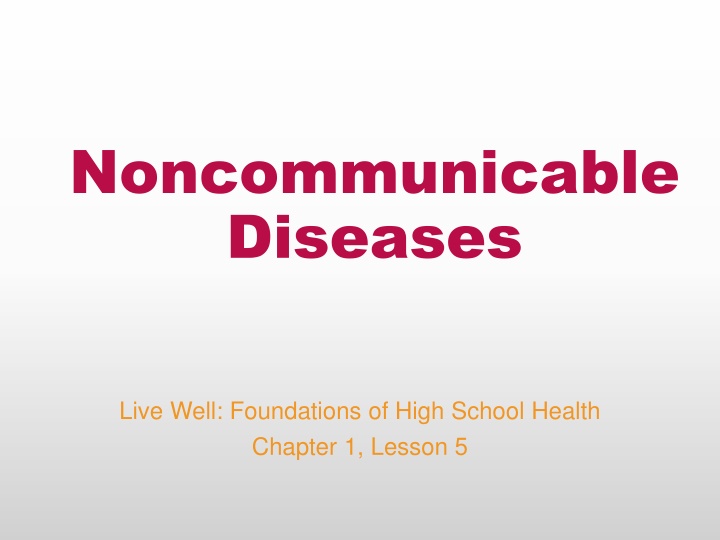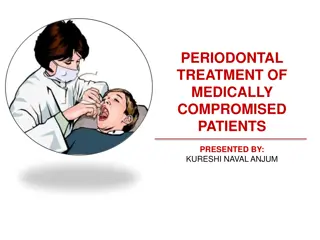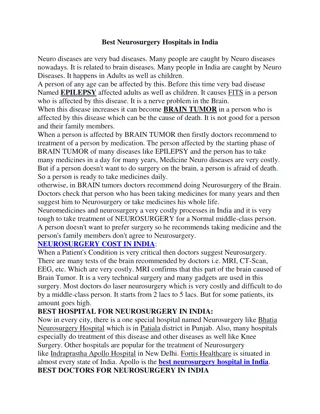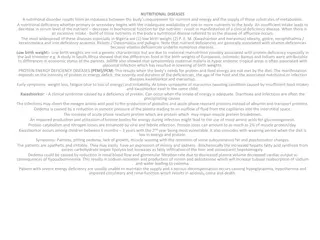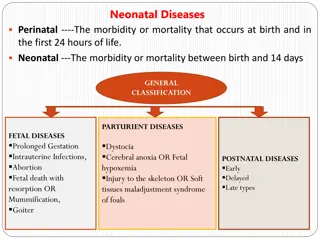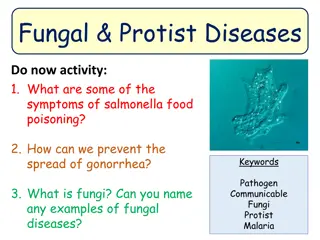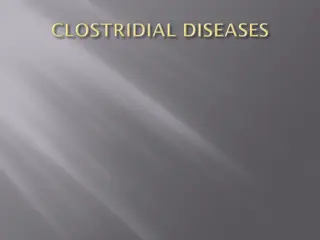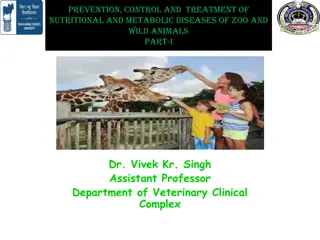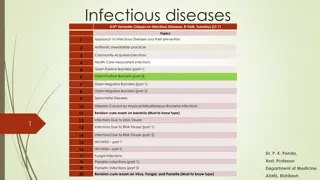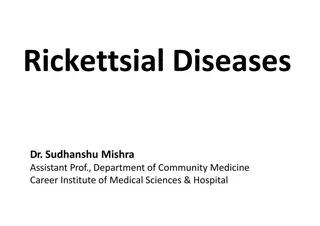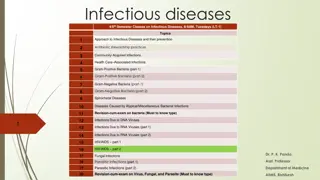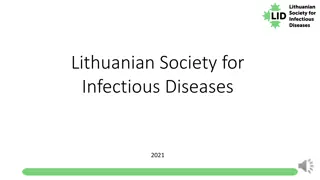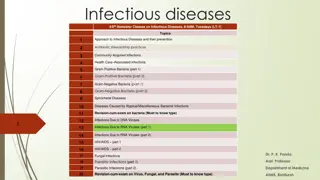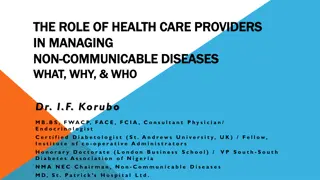Noncommunicable Diseases Overview
Noncommunicable diseases are health conditions not spread between individuals, often influenced by genetics and lifestyle. Common examples include heart disease, cancer, and diabetes. Understand the link between noncommunicable diseases, chronic conditions, risk factors, and preventative behaviors. Explore cardiovascular disease, warning signs of heart attacks and strokes, diabetes, various types of cancers, and skin cancer prevention strategies.
Download Presentation

Please find below an Image/Link to download the presentation.
The content on the website is provided AS IS for your information and personal use only. It may not be sold, licensed, or shared on other websites without obtaining consent from the author.If you encounter any issues during the download, it is possible that the publisher has removed the file from their server.
You are allowed to download the files provided on this website for personal or commercial use, subject to the condition that they are used lawfully. All files are the property of their respective owners.
The content on the website is provided AS IS for your information and personal use only. It may not be sold, licensed, or shared on other websites without obtaining consent from the author.
E N D
Presentation Transcript
Noncommunicable Diseases Live Well: Foundations of High School Health Chapter 1, Lesson 5
Write About It What do you know about heart disease, cancer, or diabetes? Do you know anyone with any of these diseases? Make a list of things you know about each of these diseases.
Can you . . . Define what a noncommunicable disease is and give four examples? Explain why most noncommunicable diseases are also chronic diseases? Identify five behaviors that can contribute to a person s risk of noncommunicable diseases? Identify the signs of a heart attack? Explain what a behavior contract is and how it helps individuals take responsibility for personal health behaviors?
Noncommunicable Disease A noncommunicable disease is a disease that cannot be transmitted from one person to another. These diseases often result from a combination of genetics and lifestyle factors. Many noncommunicable diseases are chronic diseases. A chronic disease lasts three months or longer.
Noncommunicable Diseases and Risk Factors
Cardiovascular Disease Coronary heart disease Atherosclerosis = clogged arteries Arteriosclerosis = hardened arteries Heart attack = loss of blood and oxygen to the heart Stroke = loss of blood and oxygen to the brain High blood pressure = increased pressure of blood in cardiovascular system
Warning Signs of Heart Attack and Stroke
Cancers Cancer is the uncontrolled growth of abnormal cells in the body. Common types of cancer include the following: Breast cancer Colon cancer Leukemia Lung cancer Melanoma Prostate cancer
Preventing Skin Cancer Seek shade, especially at middle of the day. Wear clothing that covers and protects your skin, such as hats and long sleeves. Wear a hat with a wide brim to protect neck, ears, and face. Wear sunglasses that block UVA (long-wave) and UVB (short-wave) sun rays. Use sunscreen with a sun protection factor (SPF) of at least 15. Avoid tanning indoors or outdoors.
Osteoporosis Osteoporosis is a chronic disease marked by weakening of the bones. It occurs when the body no longer makes new bone, loses existing bone, or both. Caucasian women are at highest risk. Teenagers with eating disorders are at higher risk later in life.
Arthritis and Lung Disease Arthritis = swelling and damage to joints Over 100 different types exist. Exercise, diet, and medications can help manage arthritis. Lung disease = a variety of conditions that affect ability to breathe and use oxygen Asthma, or inflammation of the lungs, is one common form of lung disease. Chronic obstructed pulmonary disease (COPD) involves difficulty in exhaling air from the lungs.
Alzheimers and Dementia Dementia = a loss of brain function over time Alzheimer's disease = the most common form of dementia Alzheimer s disease is more common among women. High blood pressure or past head trauma increase risk.
Behavior Contracts A behavior contract is an agreement you make with yourself to change a specific health behavior. A behavior contract includes the following: Goals Deadlines (dates) A plan or strategy to complete goals A reward for completing goals Most behavior contracts are witnessed, or signed by, someone else.
Skill-Building Challenge (1 of 2) Think about behaviors that help to prevent noncommunicable diseases. Select one that you struggle to do and complete the following contract to help you make a change. 1. I, _____, have decided to change the following health behavior: _____. 2. My goal is to _____. (insert SMART goal) 3. I will achieve my goal by _____. (insert date) (continued)
Skill-Building Challenge (2 of 2) 4. I want to change this behavior is because _____. 5. I think it will be hard to change this behavior because _____. 6. The specific steps or actions I will take to help me meet my goal are _____. 7. If I achieve my goal, I will reward myself by _____. 8. I will review this contract on _____. (future date)
